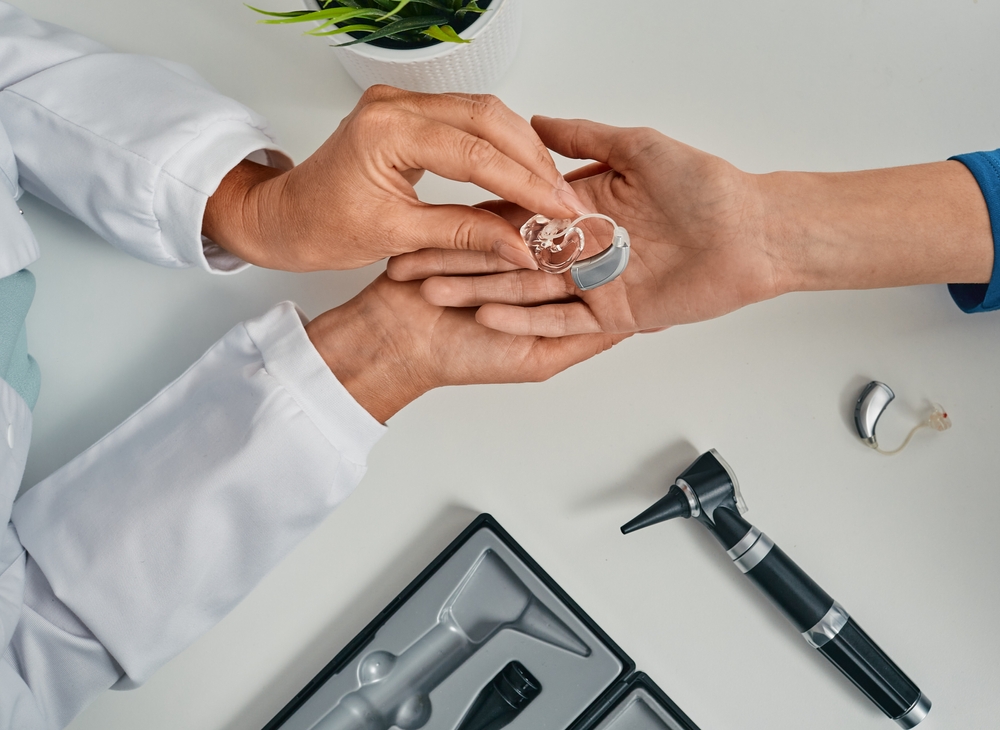
Hearing aids play a vital role in improving sound clarity and enriching daily communication. To keep them performing at their best, routine maintenance and professional cleanings are essential. As a result of prolonged use, a buildup of earwax, moisture, and other particles can occur, causing functionality to decline. Recognizing when to find professional cleaning can help extend the longevity of your hearing aids and maintain optimum performance.
Why it’s important to have your hearing aids professionally cleaned
Even with consistent at-home care, hearing aids gradually collect accumulation that might impact sound quality and performance. Routine servicing provides numerous advantages:
- Thorough Sanitizing– Effectively eradicates obstinate earwax, dust, and moisture that regular cleaning techniques often miss.
- Enhanced efficiency – Removes blockages that might cause muted audio or distortion.
- Prolonged Lifespan– Protects against premature wear and tear, reducing the need for repairs or replacements.
Regular professional cleanings keep your hearing aids working effectively, decreasing the chance of unexpected malfunctions.
Signals that your hearing aids require professional maintenance
If you’re not sure whether it’s time for an expert cleaning, watch for these common warning signs:
- Unclear or Jumbled Audio: If voices and background sounds appear feeble, muffled, or altered, the issue may be caused by obstructions, such as earwax or debris, obstructing the device’s microphone or speaker.
- Relentless Shrieking or Feedback: A high-pitched screeching sound (feedback) can indicate wax buildup or an improper fit. Professional cleaning can assist in removing obstructions and adjusting the fit accurately.
- Addressing Volume Problems: When volume changes fail to yield the expected result, it might be necessary to perform maintenance on internal parts or recalibrate the system’s software configurations.
- Moisture-Related Breakdowns: Excessive moisture can damage internal parts, leading to intermittent sound loss or broken buttons. A skilled expert can assess and resolve issues caused by dampness or water damage.
- Visible Wax or Gunk Build-up: If you notice a substantial accumulation of wax or debris on your hearing aids, professional cleaning ensures a more complete removal than at-home care.
- Use precision tools to eliminate wax, dirt, and moisture without harming delicate parts.
- Confirm the proper performance by inspecting and fixing any broken parts.
- Assess software and hardware for any performance problems affecting sound quality.
- Replace worn-out filters or tubing that might be limiting device performance.
- Standard maintenance should be carried out every 3 to 6 months.
- Routine cleanings are suggested for people who tend to generate a lot of earwax or reside in areas with high humidity, as these conditions can intensify wax accumulation.
- As soon as issues arise, addressing modest issues early can prevent costly repairs.
What does a professional hearing aid cleaning look like?
A professional cleaning visit goes past standard maintenance and ensures your devices function optimally. During the appointment, specialists will:
What is the suggested time frame for scheduling professional maintenance?
The need for professional cleanings differs depending on factors such as how much earwax is generated, the levels of humidity, and how the device is generally used. Commonly suggested best practices are:
Keep your hearing aids in great condition
To keep your hearing aids working efficiently and providing crisp, clear audio, it’s essential to schedule routine exams and maintenance with a hearing care professional.
If you’re noticing muffled audio, feedback, or functionality issues, it might be time to schedule a professional cleaning.
Set up an appointment for your hearing aid cleaning and maintenance now.

